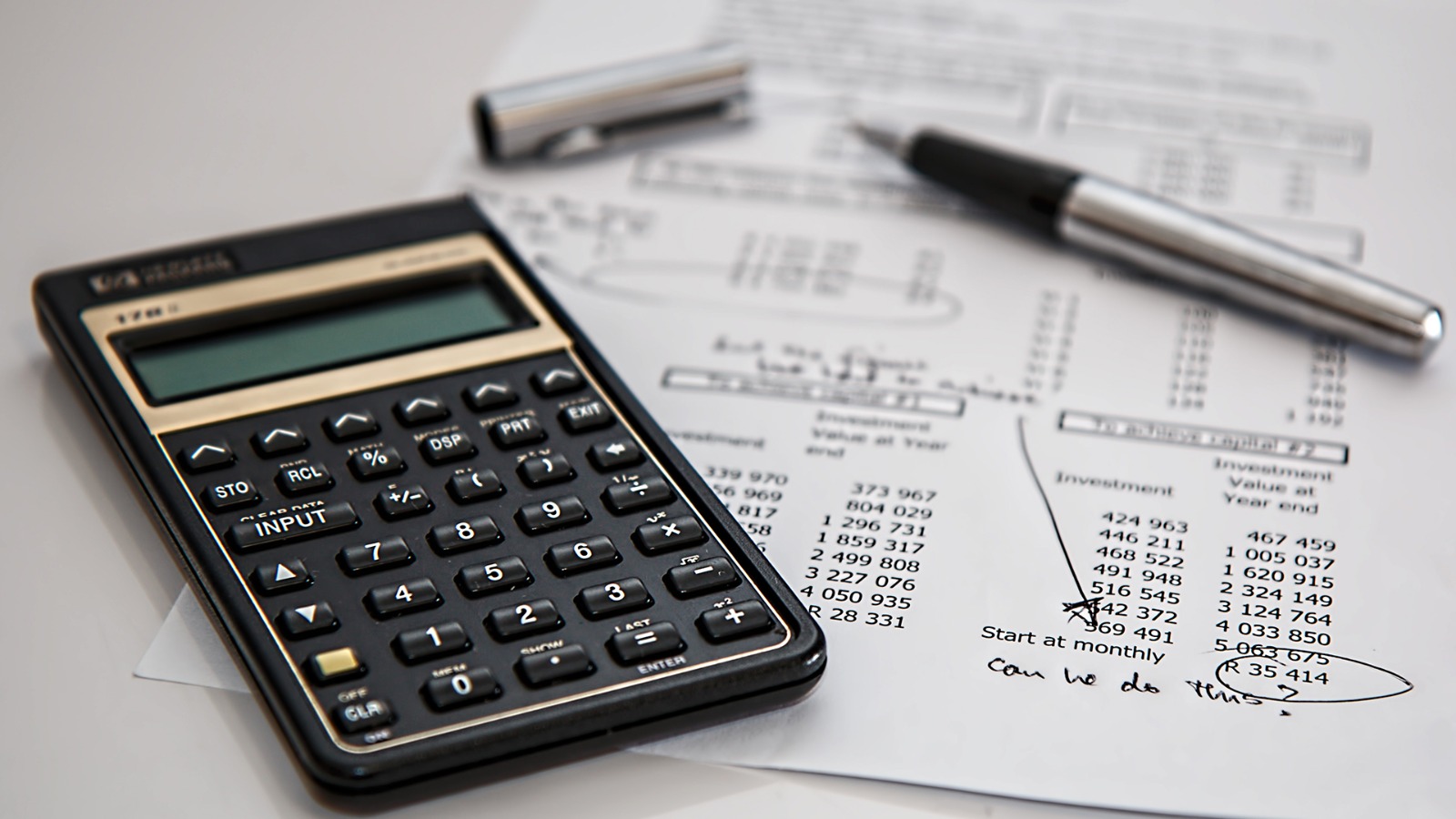HMRC apologies for VAT registration delays

HMRC recently apologised for delays issuing VAT registration numbers due to a high volume of applications. But the tax department also called on business owners and agents to reduce the number of errors on applications, which has slowed up the process.
What can be done to reduce these errors and what should a business do if its VAT number hasn’t arrived in time?
That cannot happen online because the computer gives a very helpful red “X” if you have missed anything out. So, apply online if possible.
Online is better than post
It has been a long time since I completed a VAT1 application online, so I decided to do a dummy run with an imaginary company. Needless, to say, I didn’t press the final send button. The system is very efficient compared to the paper process. When reviewing paper applications for accountants, I have noticed how easy it is to either tick the wrong box or not answer an important question. That immediately causes a problem for HMRC and inevitable delays.Check date of registration
HMRC advised that confusion over the effective date of VAT registration requested by business owners is a major cause of delays. If a business or organisation has exceeded the compulsory registration sales threshold of £85,000 in the previous 12 months, or will exceed it in the next 30 days alone, there is a compulsory registration date for the application. However, the business can elect for an earlier date, for example to increase the window for claiming input tax. But it cannot opt for a later date than the compulsory date. This makes sense.
VAT registration date error – example |
VAT liability of income
Question 17 of the application form asks a business to record its “taxable supplies” in the next 12 months and also its expected “zero-rated supplies”. It is important to recognise that taxable supplies is the total of supplies subject to 0%, 5% and 20% VAT, not just those at 5% and 20%. A zero-rate sale still charges VAT but at a rate of 0%. A VAT1 form which says that taxable supplies are £100,000 and zero-rated sales are £200,000 is wrong. The taxable sales must always be greater than or equal to the zero-rated figure.Dealing with delays
The day of reckoning has arrived: a business has submitted is VAT registration form and the registration date has passed, yet the firm has still not received its nine-digit number or VAT certificate from HMRC. What is the solution?- Prices can be adjusted and VAT still charged on sales invoices issued to customers but it must not be shown separately. The sale should be described as “£120 including VAT” and not “£100 + £20 VAT”.
- The invoice will not be a “tax invoice” so will be worded along the lines of: “VAT number applied for – we will issue a tax invoice once received.”
- The commercial challenge is to encourage the customer to still pay the VAT shown on the invoice ie £120 rather than £100.
- VAT invoices must be issued within 30 days of the VAT number being received from HMRC.
